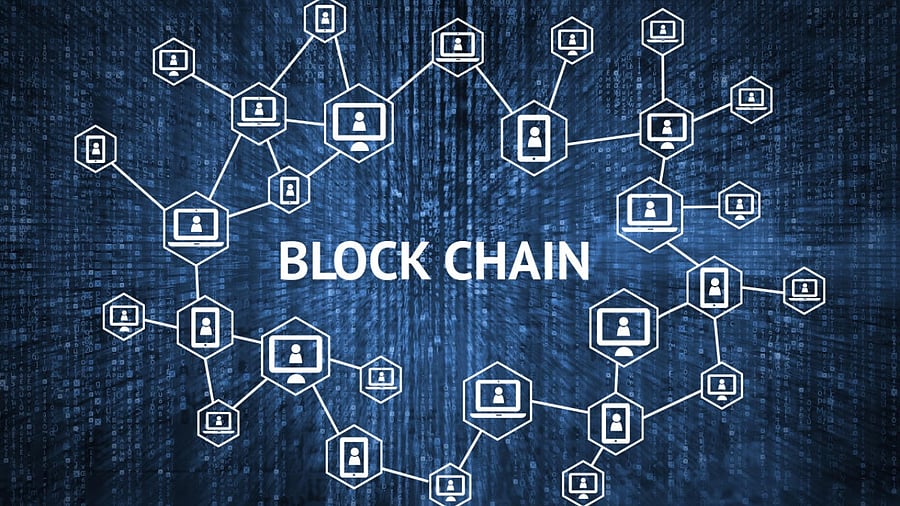
How digitalised are we as a society? It depends on your access to conveniences. Banking, trains, urban transport, movies, food, and bill payments are all accessed as electronic information flows over a network. However, the largest service provider in the country, the government, is the least automated in the last mile.
How does a gargantuan monopoly, a service provider, serving 1.5 billion people, maintain the quality and integrity of its wide range of services for its population—from the poorest to the top of the pyramid? It is only possible through transaction automation, tracking, and traceability, as well as the resulting transparency.
Infrastructure is a public good. A road is a public good that carries private cars—owned and operated on the owners’ accord, but with rules set for public order. Similarly, an information highway is a public good that allows you to use your personal data—Aadhaar, PAN, license, education certificates—to control your various identities.
The government, in large part, is the issuer and custodian of all the identities; however, citizens and all participating entities (people, corporations, shops, etc.) own their respective identities. Individuals using their digitised identity can participate in private transactions with each other or with the government (which is also a private transaction), explicitly consenting to share information as required. This mobility of digital data is called “digitalisation.”
Discussions around blockchain need a deeper definitional understanding of the translation from a social architecture to its digitalised realisation. The recent tamping down of exuberance for a “self-regulating autonomous currency” can now focus attention back on more ambitious and reasoned pursuits. Legitimacy and consensus, however technologically enabled, flow from society. Blockchain ideologues of various hues have been vague and utopian, smudging the lines between the various roles that legitimise a digitalised backbone for a networked society.
The blockchain is a ledger maintenance technology that keeps track of every change to your digital data and renders it individually purposed, always verified, non-tamperable, and shareable. Because such a ledger is verified, it does not require a third party to authenticate the data presented every time you present your digital data into an application.
Governance protocols are required to mandate the rules and roles for any public good. The authorising and facilitating environment in a policy framework requires legitimacy and allows participants recourse to the law.
Ease of governance
Now, imagine the convenience. Every transaction with the government—either the government offering you a scheme or your request to the government for a service—is based on the convenience of your location, time, and willingness or need to participate in the transaction. The information you send can be from a mobile device that contains a wallet with the necessary information that you are the owner of. The government can track every service request and response and also track its internal processes in response to your request.
Policy makers and bureaucrats implementing them need an infrastructure that provides transparency to the last mile of service delivery. In a country with a large population on the move and low governance automation, the ability to respond is not limited by intent but by an infrastructure that cannot respond by targeting the specificity of the requirement.
The government is also the first responder in an emergency; being able to triangulate (request type, location, identity) an emergency request, whether from an individual or a group of people in an area, is now possible, physically pinpointing the request to location and person.
Blockchain as PDI
Blockchain is a ledger that stores a unique identifier corresponding to every digital identity. Every type of identity—Aadhaar, PAN, degree certificates, etc.—will have a unique identifier on the blockchain. This unique identifier allows applications to check the fidelity of the identity data being presented without necessarily storing the data itself.
The magic of cryptography drives the blockchain. You don’t need to know the mechanics of a transmission to drive a car, and likewise, you don’t need to understand the intricacies of technology to use it.
The government’s role as custodian of statutory registries is important. It sets the legal and policy framework. The digitisation of Aadhaar—the digital foundational identity; Jan Dhan Yojana—bank accounts as social infrastructure; and UPI as the generic automated process layer for banking transactions—set the stage for India’s success in governance automation at population scale.
Beyond governance, in a market society, the market plays a substantial role in fulfilling social needs. As the pandemic starkly illustrated, being outside of a digitalised environment essentially isolates your ability to participate in market transactions. While the private market services this arena, it is non-inclusive and focused on preferred categories, and access is conditional, as private marketplaces will be. To address this gap in providing an inclusive marketplace, whether in logistics, buyer-seller interactions, or more broadly supply-chain management, any social platform will need to automate authentication of underlying statutory registries.
A Public Digital Infrastructure (PDI) on blockchain is built on the digitised data registries shared on it publicly without violating data privacy or private use. Applications built on this infrastructure will enable ease of governance, making it transparent and responsive. This will also unleash the potential of the technology start-up ecosystem to create new governance and social ecosystem applications for the world from India.
As India’s Presidency of the G20 begins, we lead the world in societal automation at scale; our ambition should now extend to extensive digitalisation of governance in the last mile to serve a billion.
(The writer is the CEO, VREV Foundation, and an MPA from the Lee Kuan Yew School of Public Policy, NUS, Singapore.)